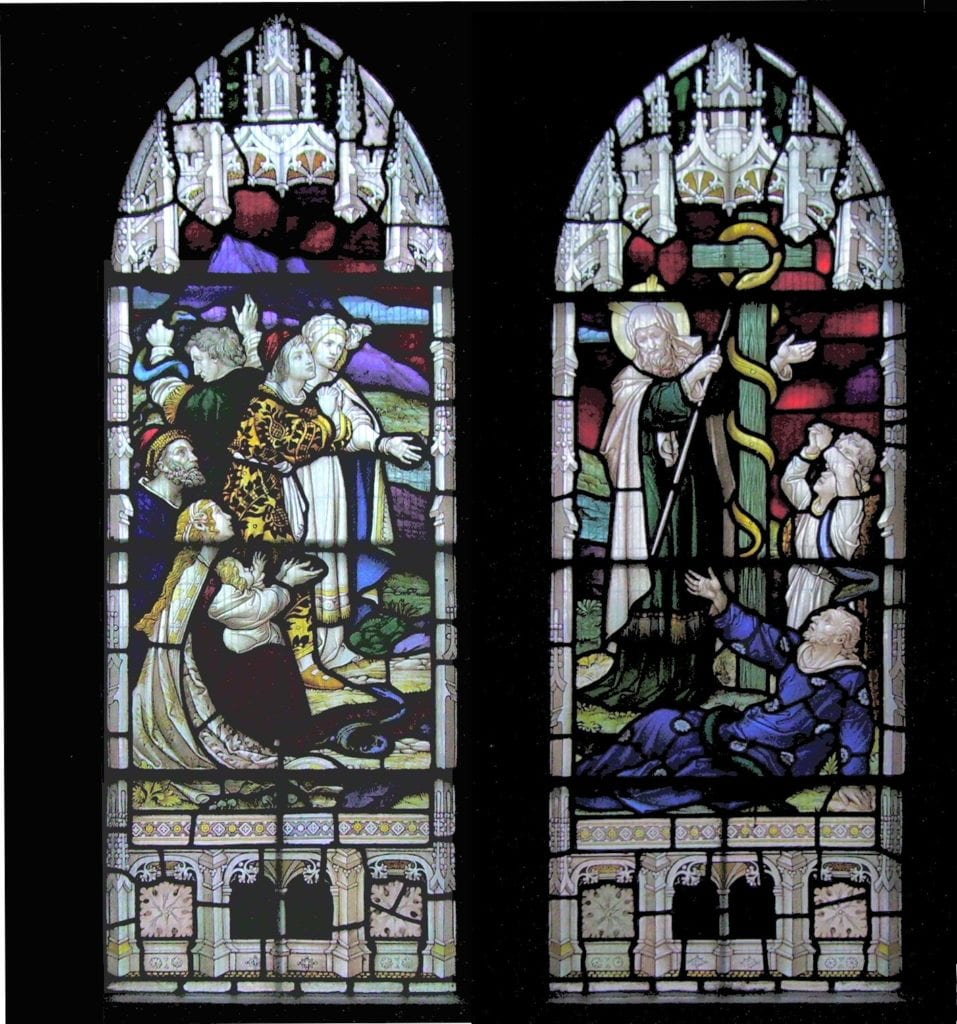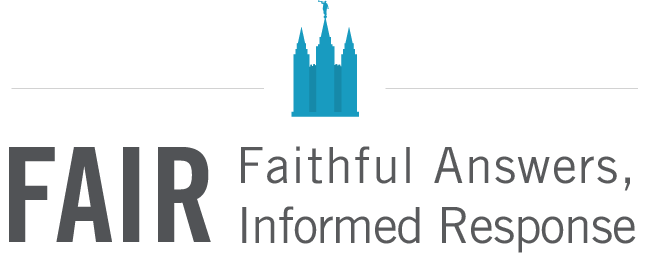
An Old Testament KnoWhy relating to the reading assignment for Gospel Doctrine Lesson 15: “Look to God and Live” (Numbers 11-14; 21:1-9) (JBOTL15A)
Question: Though the importance of the need generally for all of us to “look to God and live” is easily apparent to modern readers, the specific choice of a brazen serpent on a pole as a symbol of Christ is difficult to understand. How does the brazen serpent symbolize Christ? And, in addition, does the symbolism of the temple shewbread relate in any way to the modern LDS sacrament?
Summary: The serpent raised by Moses is cited more than once in the Book of Mormon as a type of Christ. Moreover, Jesus Christ Himself cites this story to explain His mission, but the imagery would have been much better understood by His disciples than it is to people today. In this article, we will draw out some of the ancient meanings of the serpent that was “lifted up”as they are found in the New Testament and the Book of Mormon. Less well known than the story of the brazen serpent is the symbol of the temple shewbread. Although reminiscent in some ways of the emblems of the Lord’s death that are administered in our weekly sacrament meetings, this article will explain how the symbolism of the shewbread builds upon and extends the significance of sacrament in ways that were meaningful in the time of Moses and continue to be so in our day.
The full article may be found at the Interpreter Foundation website: KnoWhy OTL15A — How Do the Serpent and the Shewbread Symbolize Christ?

One thought I had in relation to this symbol that made sense through the Spirit is this:
The serpent is lifted up upon the staff as a type of Christ lifted upon the cross. Christ as a serpent because He bore original sin and all sin upon Himself to execute the Atonement. The serpent as a symbol of sin- Satan choosing this guise in the Garden of Eden. The death of sin through Christ. This explanation makes more sense and has greater meaning to me than a connection with magical Egyptian beliefs, though that thought is also an interesting idea.
Hi, Emilee.
It is true that our Lord’s death on the cross is one way that He was “lifted up” like the serpent of Moses. What the article showed is that in the Book of Mormon and elsewhere, there were additional and perhaps more important meanings of what it meant for him to be “lifted up”–in particular the idea that he was exalted to stand before the throne of God, and that each one of us (like Joseph Smith and Enoch, additional scriptural examples) could also receive that great blessing.
With respect to what you mention about “the serpent as a symbol of sin,” this concept is a modern one and would not have occurred to ancient prophets who produced the scriptures. It is true that Satan appeared as a serpent in the Garden of Eden, but that was because He was imitating Christ, not because the serpent itself was a symbol of evil. The serpent was a symbol of good, a symbol of Christ, that Satan used to confuse Adam and Eve.
Hope that helps,
Jeff